


Tomato is a warm season crop. The best fruit colour and quality is obtained at a temperature range of 21-24°C. Temperatures above 32oC adversely affects the fruit set and development. The plants cannot withstand frost and high humidity.
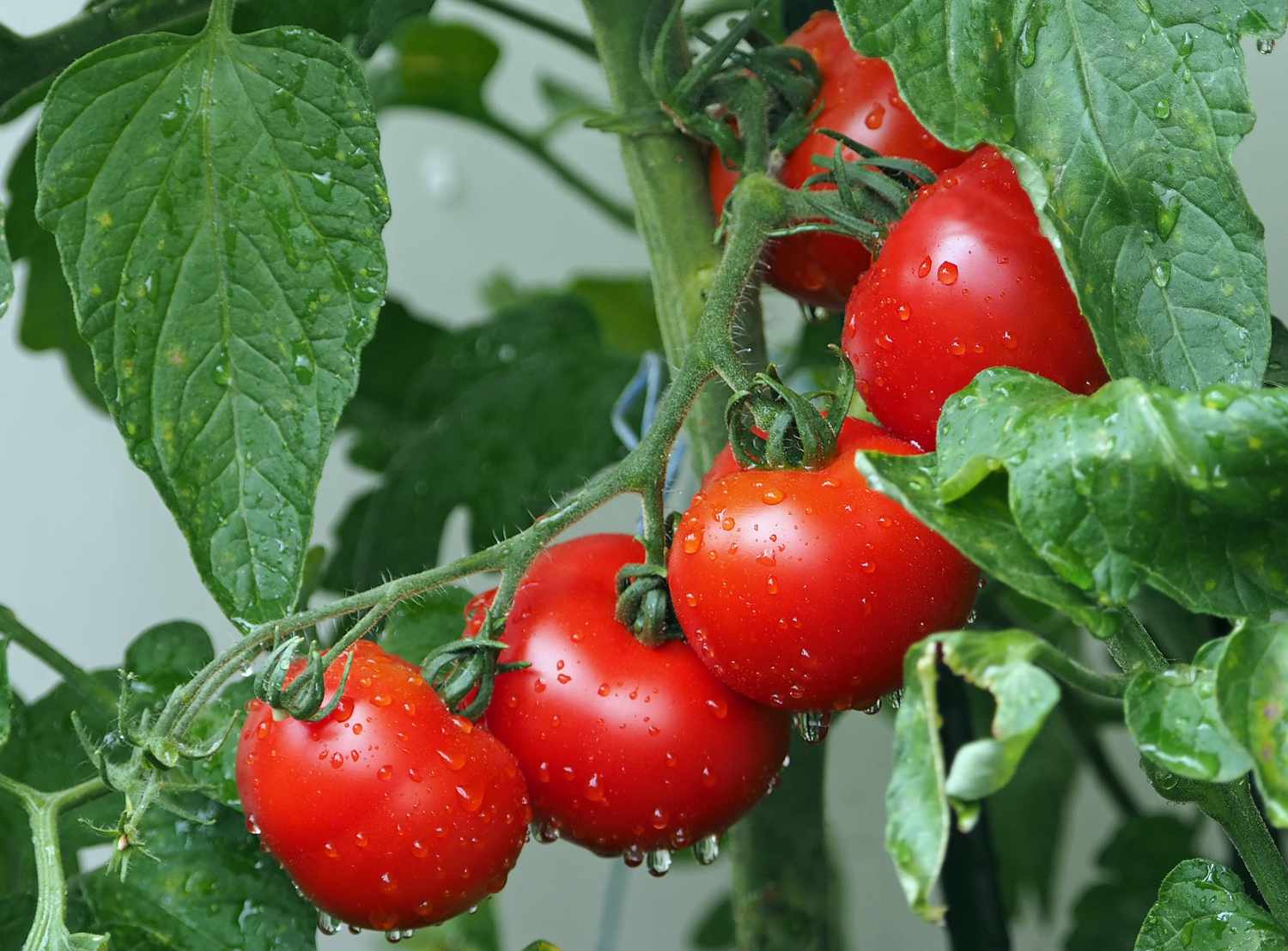

Tomatoes are not only one of the most popular and versatile foods worldwide, but also one of the healthiest. They are rich in nutrients and antioxidants that offer numerous health benefits.
| Nutrient | Content / 100g of Red Tomato | Nutrient | Content / 100g of Red Tomato |
|---|---|---|---|
| Energy | 18 Kcal | Vitamin K | 7.9 µg |
| Carbohydrate | 3.9 g | Magnesium | 11 mg |
| - Sugar | 2.6 g | Manganese | 0.114 mg |
| Dietary Fiber | 1.2 g | Iron | 0.3 mg |
| Fat | 0.2 g | Copper | 0.19 mg |
| Protein | 0.9 g | Sulfur | 24 mg |
| Water | 94.5 g | Chlorine | 38 mg |
| Vitamin A | 833 IU | Sodium | 5 mg |
| Vitamin B1 (Thiamine) | 0.037 mg | Calcium | 20 mg |
| Vitamin B3 (Niacin) | 0.594 mg | Phosphorus | 24 mg |
| Vitamin B6 | 0.08 mg | Potassium | 237 mg |
| Vitamin C | 14 mg | Lycopene | 2537 µg |
| Vitamin E | 0.54 mg | Oxalic acid | 2 mg |

In India, area of tomato is 840000 hectares and production is 20331000 Tonnes.

Tomato is a warm season crop. The best fruit colour and quality is obtained at a temperature range of 21-24°C. Temperatures above 32°C adversely affects the fruit set and development. The plants cannot withstand frost and high humidity. It requires a low to medium rainfall. Bright sunshine at the time of fruit set helps to develop dark red coloured fruits. Temperature below 10°C adversely affects plant tissues thereby slowing down physiological activities.

Well drained sandy loam rich in organic matter with pH 5.0-7.0


The land should be prepared to a fine tilth and FYM to be applied at least 15 days ahead of transplanting. Liming should be done earlier to transplanting to raise the soil pH to an optimum level. It is advisable to apply lime @ 10 q/ha every three years depending upon soil testing.
October – November
To escape the leaf curl virus, planting should be done in October.
The first irrigation is to be given immediately after transplanting and subsequent irrigations at 10-15 days’ interval depending on soil condition.
The schedule for foliar spray to be followed is:
Pre-emergence application of Metolachlor @1 kg ai/ha followed by application of Grubber at 40 DAP is recommended. Alternatively, hoeing is to be done at 20 and 40 DAP.
Spray 20 ppm of Gibberellic acid at 30 days after planting.
Knolkhol can be successfully grown with tomato as intercrop (1 row of tomato: 2 rows of Knolkhol).

Causal Organism: Helicoverpa armigera
Symptoms:
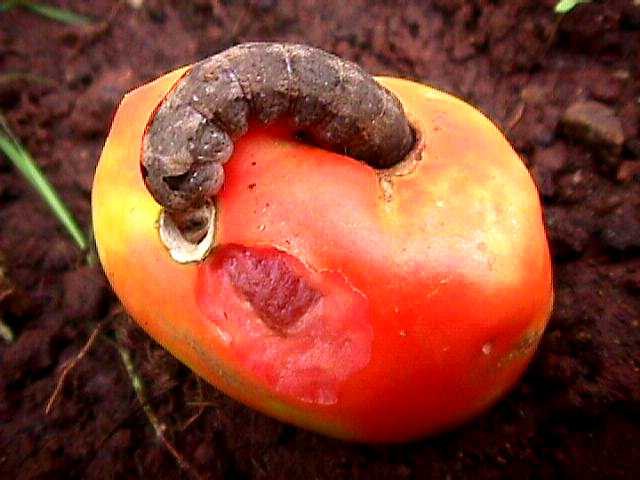
Symptoms:
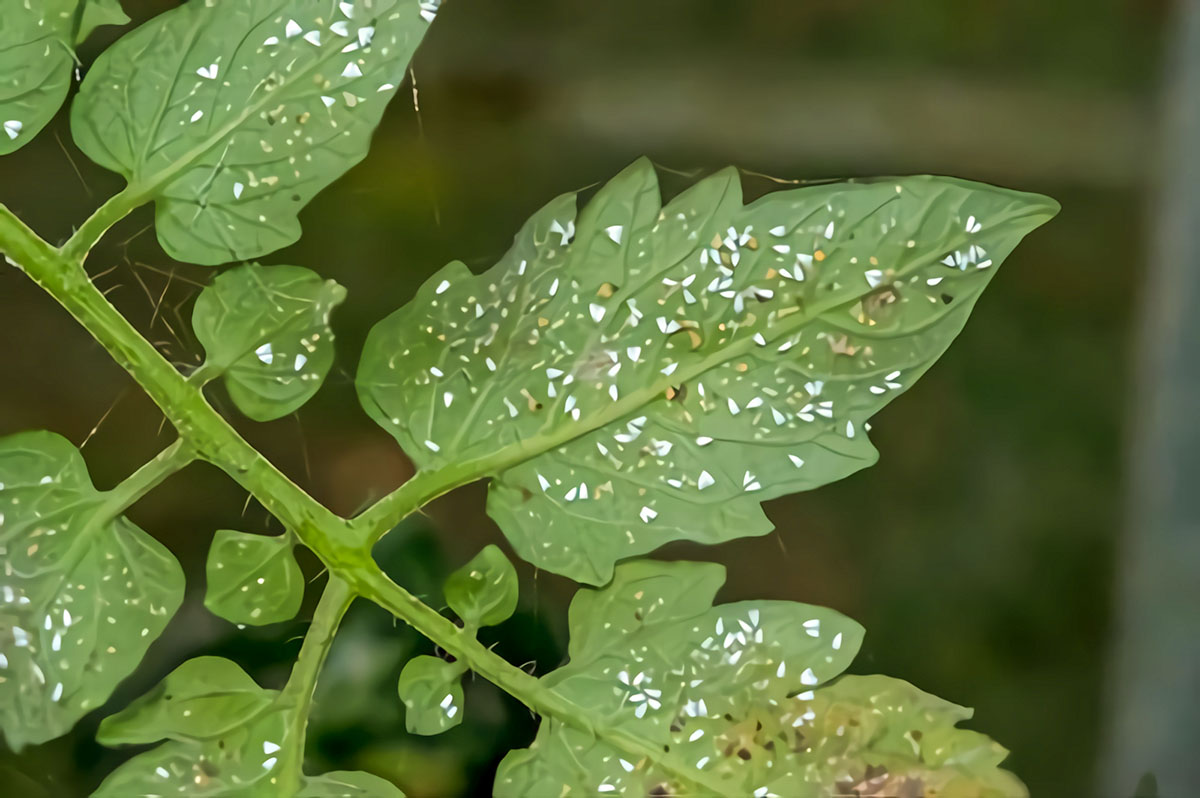
Symptoms:
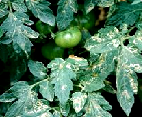
Symptoms:
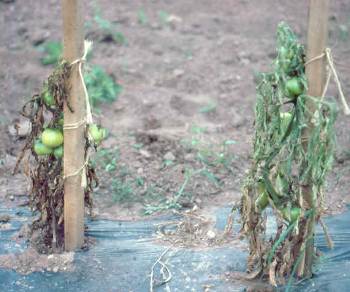
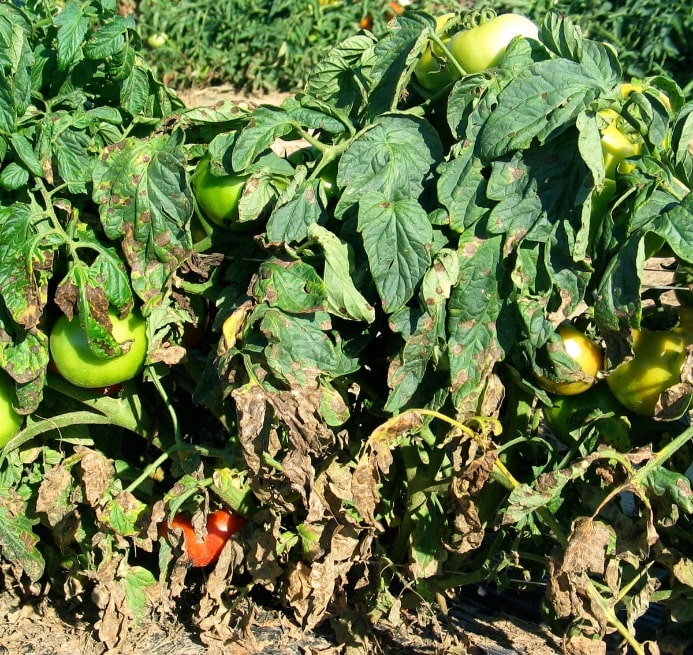
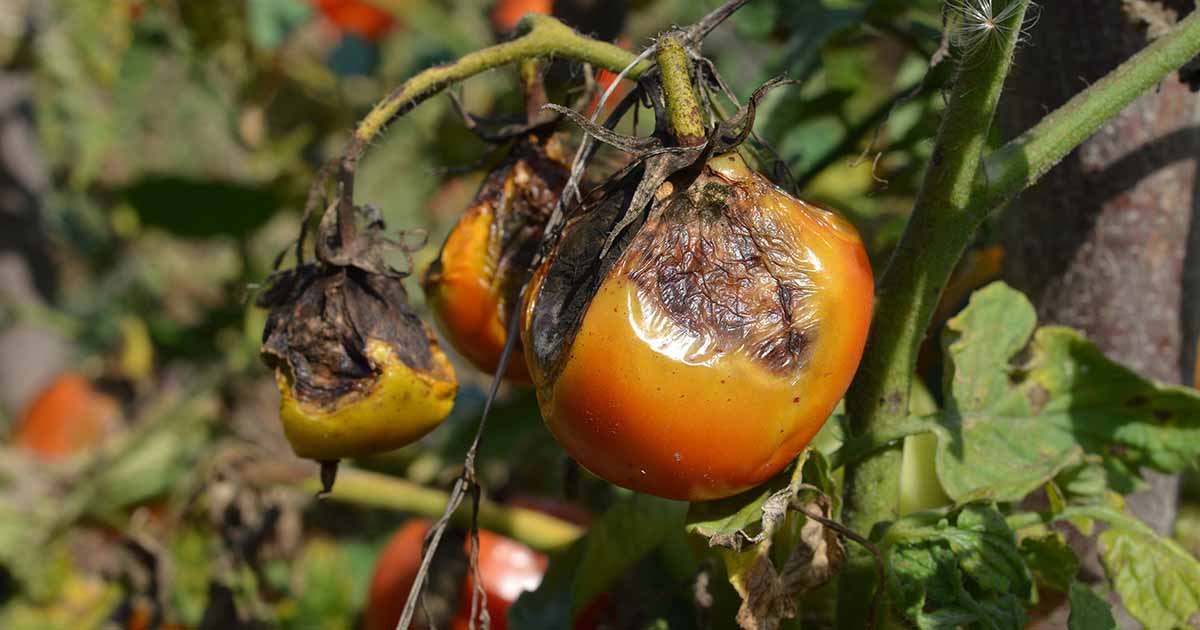
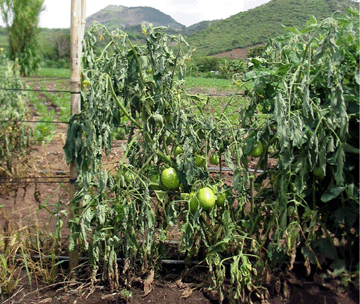
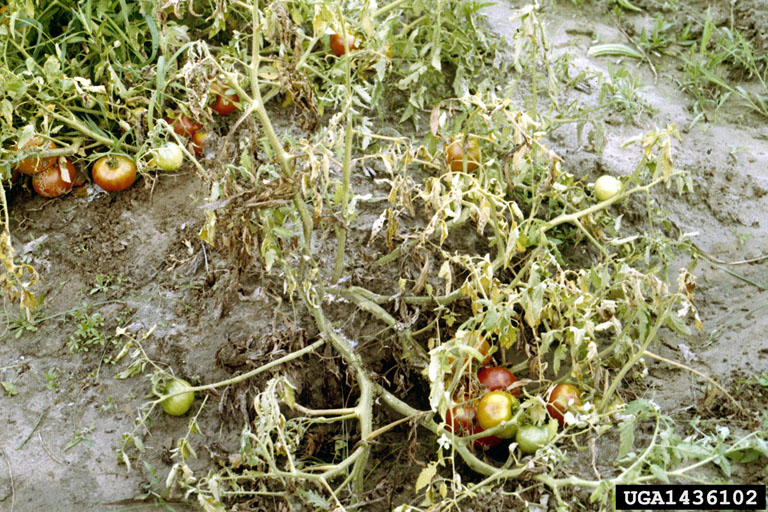
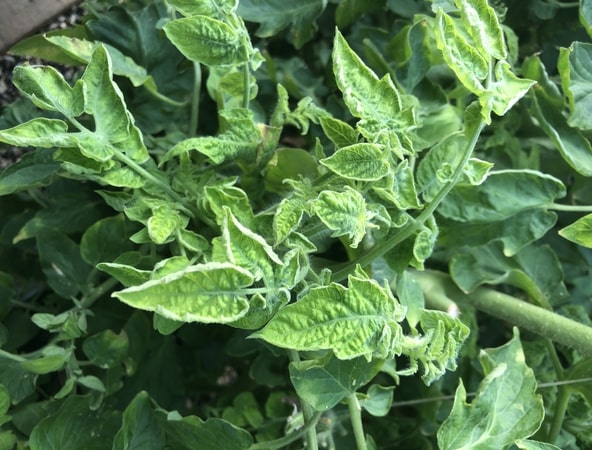
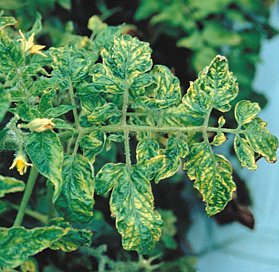
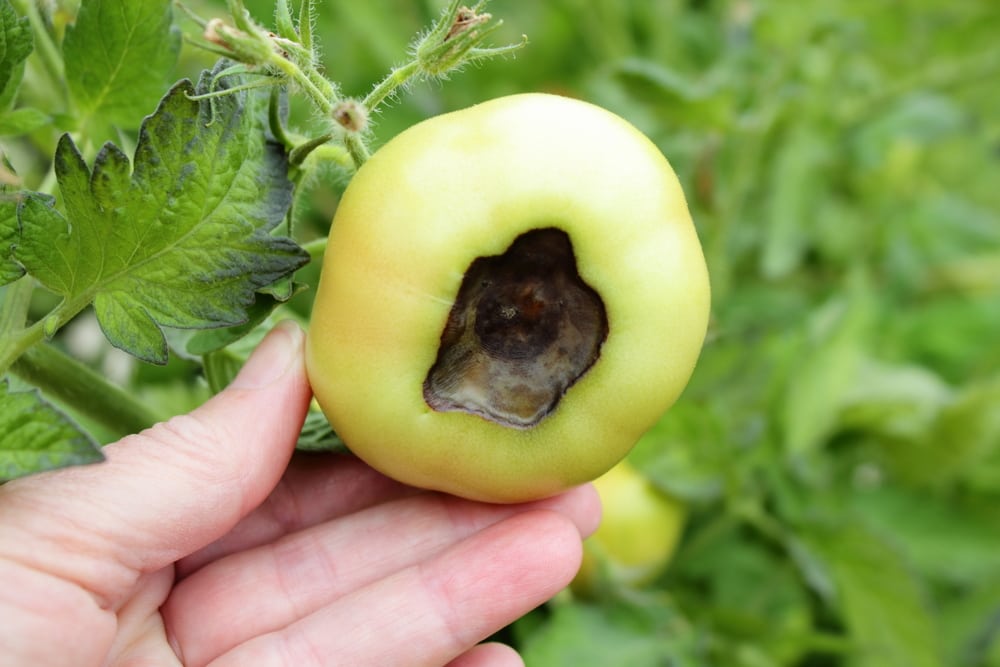

6:41
Jorhat, PIN - 785013 Assam